Combating Soil Erosion and Improving Land Productivity through Gabions in Qoyta Village, Burao District
A gabion structure stands tall across one of the rivers in Qoyta village, Burao
Before the construction of gabions, the Qoyta community in Burao district, faced severe challenges due to soil erosion. The farmland was unwelcoming to cultivation, with rain water carving deep ridges into the earth, making it even hard for agriculture. This erosion had reduced the availability of arable land and affected grazing areas for livestock, causing significant hardships for the community, whose main livelihoods are livestock keeping and farming.
The inspiration to build gabions came directly from the community, a powerful testament to the participatory approach of the Gender Sensitive Climate Vulnerability and Capacity Analysis (GCVCA) and the Community Action and Adaptation Plan (CAAP). Through these processes, community members took the lead in assessing their own risks, deepening their understanding of vulnerabilities, and identifying the connections between existing challenges. This collective effort empowered them to develop practical, locally-driven solutions, such as the gabions, to address soil erosion and improve land productivity.
Concerned about the worsening conditions, they voiced their struggles to the village leaders. These leaders then communicated the community's needs to SomReP, though CARE International, the implementing organization, which recognized the urgency for the gabion construction initiative
Over the course of five years, gabion construction evolved significantly, with each new iteration involving a fresh group of about 30 community members. This approach gradually transformed gabion construction into a community-wide skill. While SomReP, through CARE International, retained the primary responsibility for planning, the actual construction work was carried out by the community members. This fostered a strong sense of ownership and participation.
The construction and repair of the gabions in 2024 was facilitated through SomReP’s European Union - funded project, Boosting Resilience and Adaptation to Climate Change (BREACH). The project aims to enhance the resilience of displacement-affected communities in Burao and adjacent locations of Somaliland through access to durable solutions driven by needs-based approach. The activity provided a short-term employment opportunity, with beneficiaries earning $5 per day and foremen $6 per day for up to 15 days per month.
The community has so far constructed an impressive 20 gabions, with varying lengths from 10m to 20m each. Which is estimated to benefit 2,500 pastoralists households through cash-for-work.
Since the gabions were built, the community has experienced significant positive changes across multiple dimensions. Environmentally, rainwater now settles on the land, enriching it with essential nutrients. Grass has begun to regrow, and the soil has become more fertile, creating improved conditions for farming. Crops grow better on the rejuvenated land, livestock have more grazing options, and surplus crops can now be sold, boosting livelihoods. Economically, the gabion construction was implemented as a Cash-for-Work initiative, providing community members with income to support their families, pay for their children’s education, and meet other essential needs. Socially, the availability of more fertile land for farming and grazing has instilled a renewed sense of hope and progress within the community, fostering unity and resilience.
“‘With the natural growth restored, we now have grazing land for our livestock. The soil is now better suited for farming, and the ground has leveled out, eliminating ridges and unnecessary deep holes”
The community expressed gratitude for the support and is confident in maintaining the gabions long-term, though occasional check-ups would be beneficial. This initiative highlights the power of community-driven projects in fostering unity, resilience and sustainable solutions.

